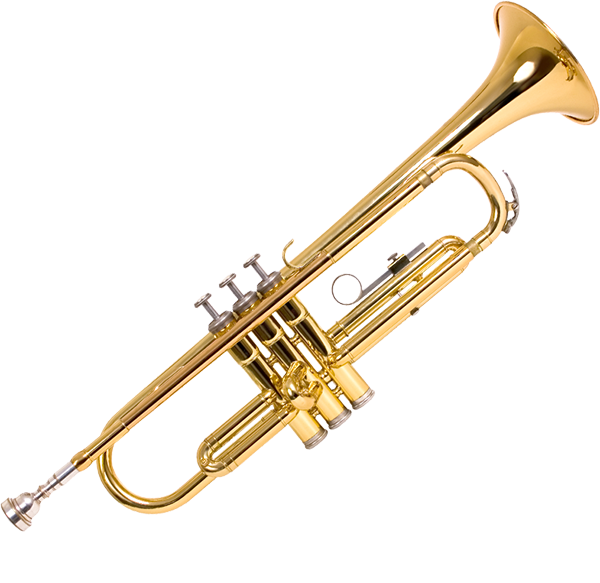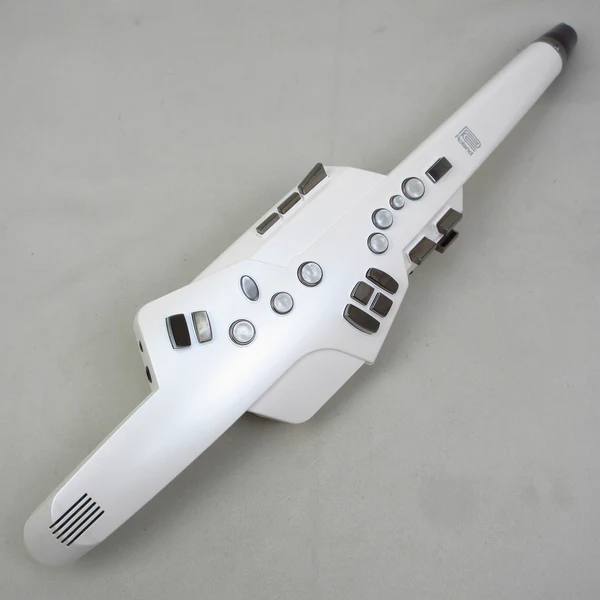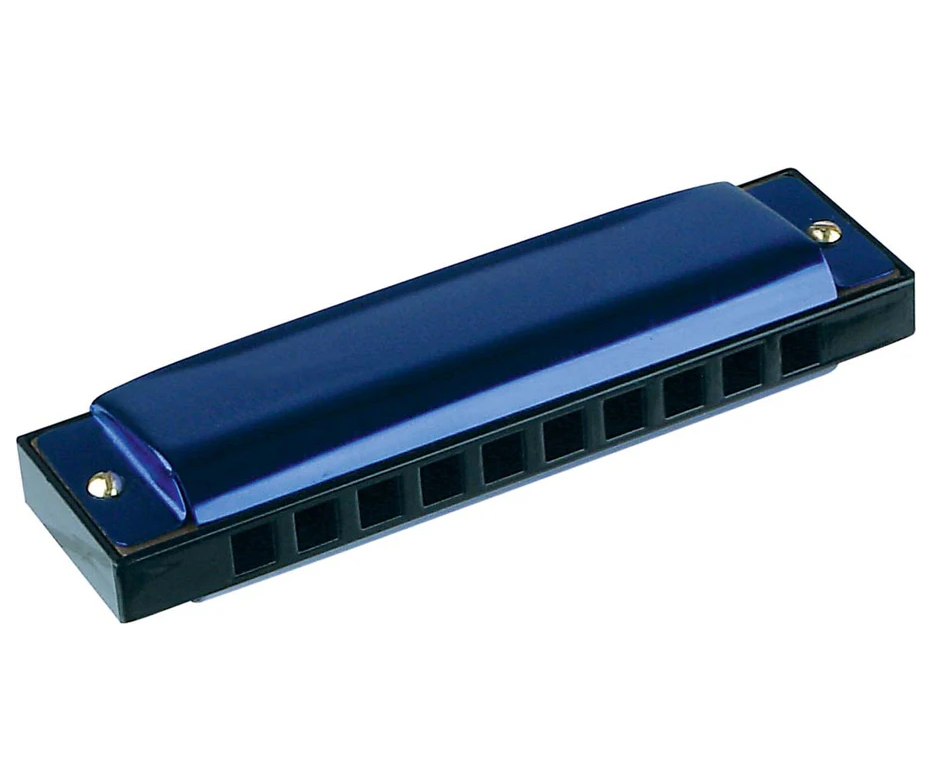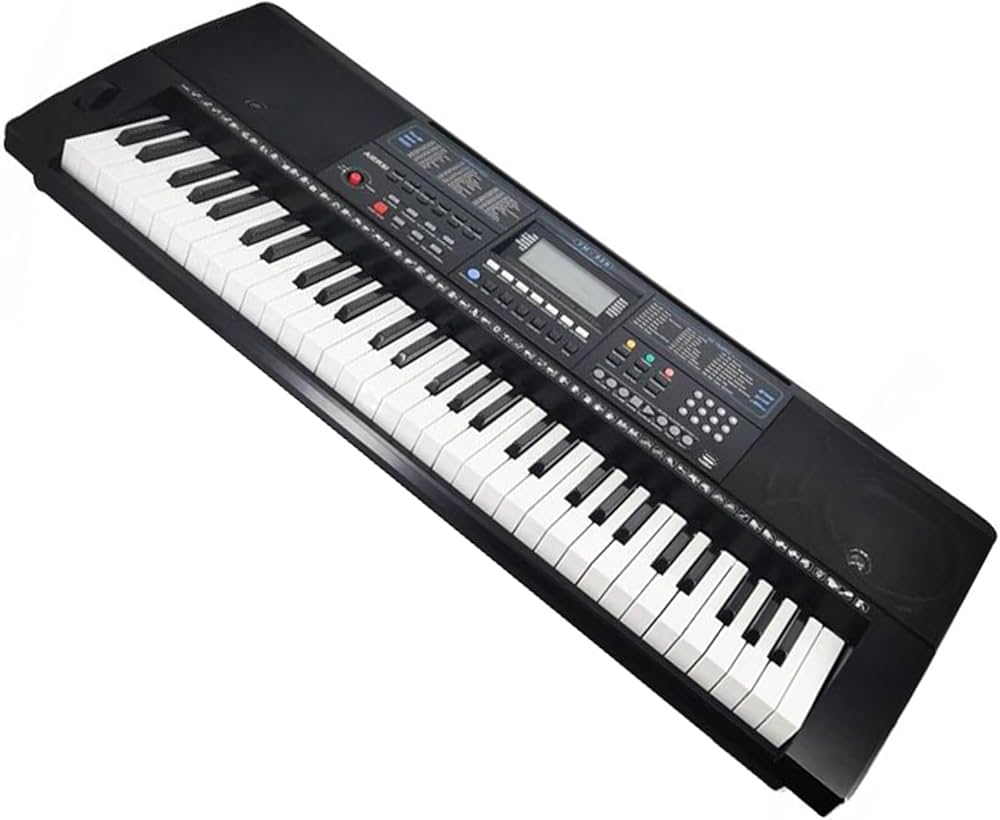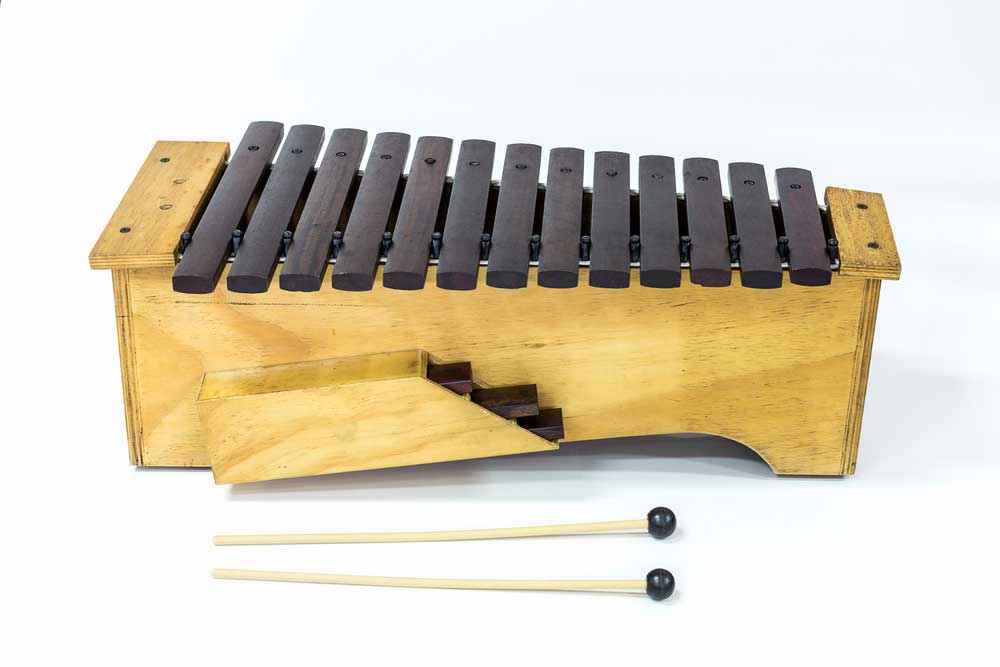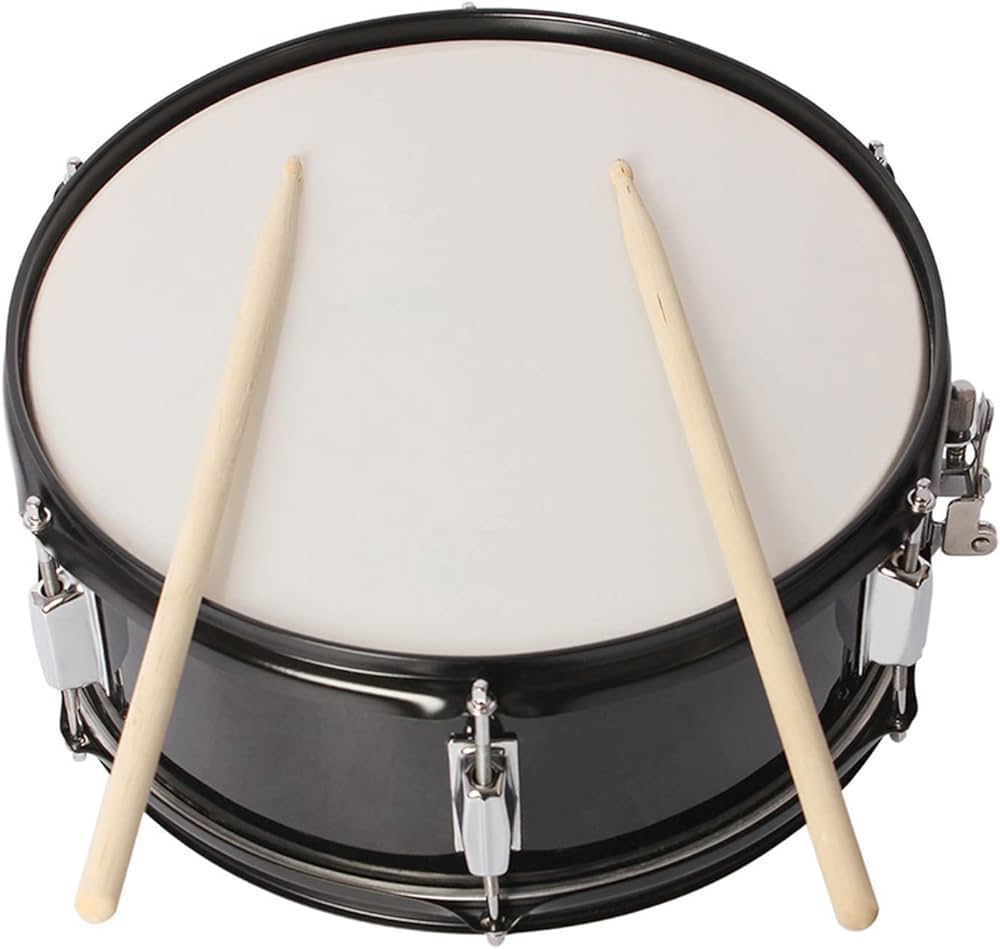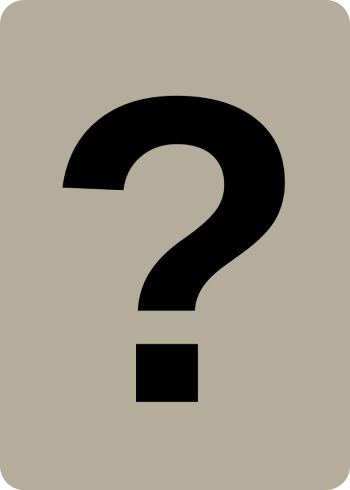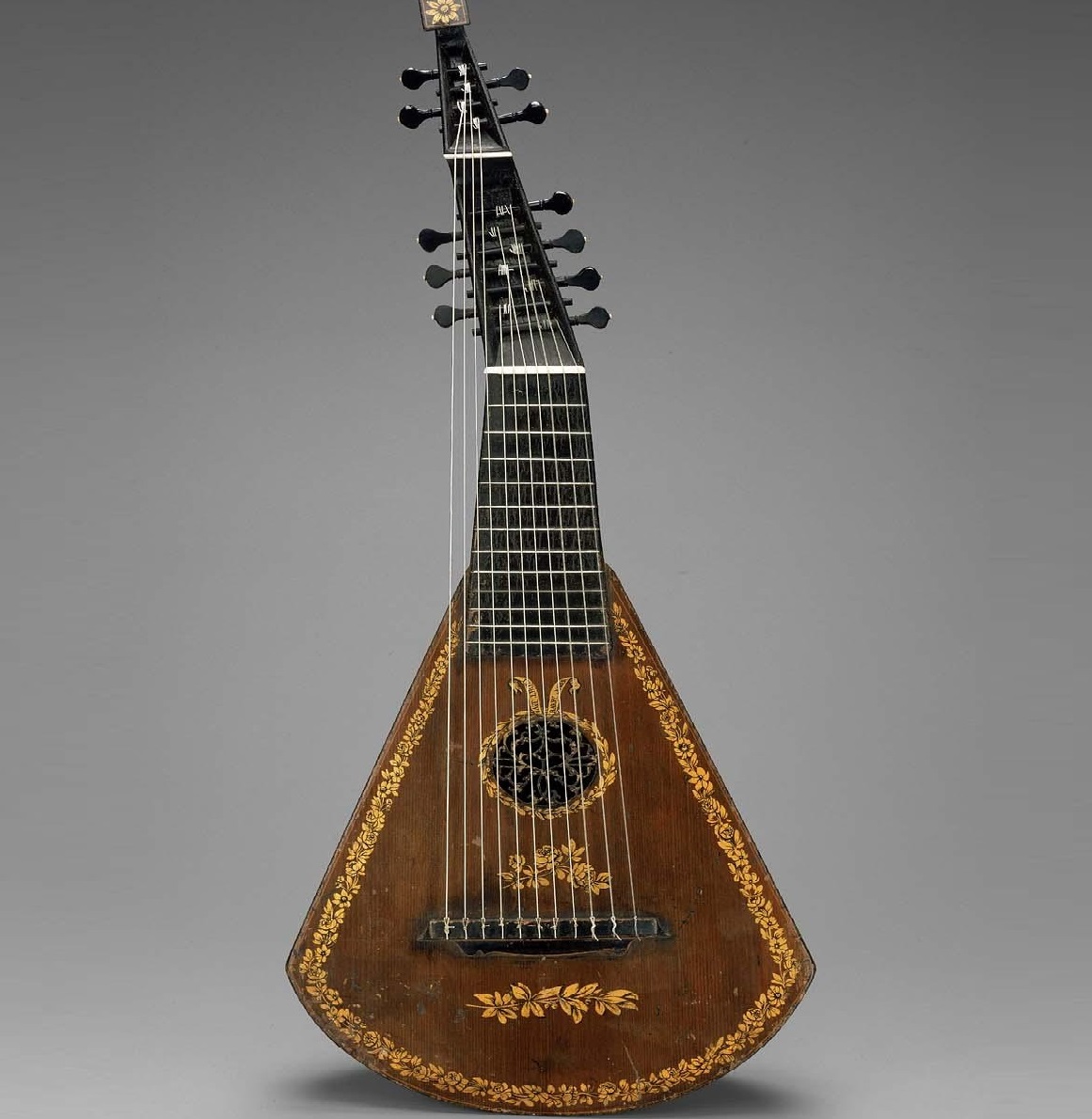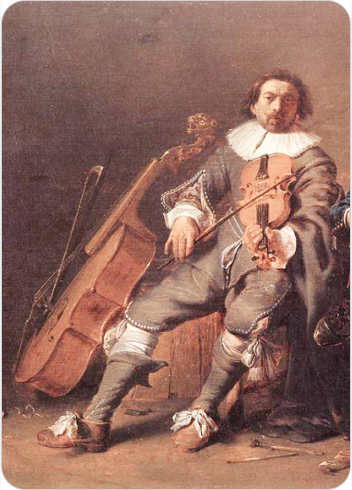Harp lute
Plucked Instruments
Europe
Between 1001 and 1900 AD
Video
The harp lute, a captivating hybrid instrument, seamlessly blends the melodic qualities of the lute with the resonating depth of the harp. This unique combination results in a sound that is both delicate and rich, capable of expressing a wide range of emotions and musical styles.
Its visual appeal is equally striking, often featuring an elegant, elongated neck reminiscent of a lute, coupled with a soundbox and string arrangement that evoke the grandeur of a harp. Fundamentally, the harp lute is a plucked string instrument, where strings are stretched over a soundboard and neck, and vibrated by plucking. The integration of harp-like features typically means an expanded range of strings and a more substantial soundbox compared to a standard lute, contributing to its distinctive sonic character. Its musical versatility allows it to be used in solo performances, ensemble settings, and as an accompaniment to vocal music. The harp lute’s nuanced timbre and dynamic range have made it a favored instrument in various musical traditions, reflecting its adaptability and enduring appeal.
Type of Instrument
The harp lute is classified as a compound chordophone, a category that designates instruments where the sound is produced by vibrating strings stretched between fixed points. More specifically, it falls within the lute family, characterized by a neck, a soundbox, and strings running parallel to the neck. However, the addition of features borrowed from the harp, such as a wider range of strings and a more pronounced soundboard, distinguishes it from conventional lutes. This hybridization places it in a unique subcategory, often referred to as a “harp-lute” or “lute-harp,” reflecting its dual heritage. The instrument’s design facilitates both plucked and occasionally, in some variations, strummed techniques, allowing for a diverse range of musical expressions. The type of strings used, the construction of the soundbox, and the overall design all contribute to the specific sound and playing style associated with different variations of the harp lute. Its hybrid nature allows it to bridge the gap between the intimate sound of the lute and the expansive resonance of the harp, making it a distinctive and versatile member of the chordophone family.
History of Harp lute
The history of the harp lute is complex and somewhat fragmented, with evidence suggesting its development across multiple continents and over several centuries. While pinpointing a precise origin is challenging, the instrument’s evolution can be traced through various cultural and geographical influences. In Europe, during the Renaissance and Baroque periods (15th to 18th centuries), there were experiments with hybrid instruments that combined features of the lute and harp, often commissioned by noble patrons seeking unique musical experiences. These early European iterations, however, often remained bespoke creations, not widely adopted. In Africa, particularly in regions of West Africa, similar hybrid instruments emerged, with the kora being a prominent example. While the kora is often classified separately, its design and function share similarities with the harp lute, indicating a parallel development. In Asia, particularly in regions influenced by Persian and Central Asian musical traditions, there were also examples of instruments that combined lute and harp-like features, though documentation is less extensive. The 19th and 20th centuries saw a renewed interest in historical musical instruments, leading to the revival and reconstruction of various harp lute forms. Modern luthiers and musicians have continued to explore and expand the possibilities of the harp lute, drawing inspiration from historical designs while incorporating contemporary innovations. The instrument’s history is therefore a tapestry of diverse cultural influences, reflecting its enduring appeal and adaptability across different musical traditions and time periods.
Construction and Design
The construction and design of a harp lute are crucial to its unique sonic and aesthetic qualities. Typically, the instrument consists of a soundbox, a neck, and a string arrangement. The soundbox, often made of wood such as spruce, maple, or cedar, serves as the resonating chamber, amplifying the vibrations of the strings. Its shape and size significantly influence the instrument’s tone and volume. The neck, usually made of a hardwood like ebony or rosewood, provides a stable surface for the fingerboard and the attachment of the strings. The fingerboard, often fretted, allows the player to alter the pitch of the strings by pressing them against the frets. The string arrangement typically combines features of both the lute and the harp. The strings, made of materials such as gut, nylon, or metal, are stretched between the neck and the soundbox, often over a bridge that transmits their vibrations to the soundboard. The number and tuning of the strings can vary depending on the specific type of harp lute and the musical tradition it represents. Some harp lutes feature a double or triple course of strings, similar to the lute, while others have a single course, more akin to the harp. The design of the pegbox, where the strings are attached and tuned, also varies, ranging from simple pegs to more complex mechanical tuners. Overall, the construction and design of the harp lute reflect a careful balance between functionality and aesthetics, resulting in an instrument that is both visually appealing and musically versatile.
Types of Harp Lutes
The harp lute encompasses a range of variations, each with its own distinctive characteristics and musical applications. One significant example is the kora from West Africa, which, while often classified separately, shares many features with the harp lute. It features a large gourd resonator covered with animal skin, a long neck, and two rows of strings that run perpendicular to the soundboard. European historical variations, though less standardized, often reflected the aesthetic preferences of the Renaissance and Baroque periods, featuring elaborate ornamentation and intricate designs. Modern luthiers have also created contemporary versions of the harp lute, incorporating innovations in materials and construction techniques. These modern instruments may feature extended ranges, alternative tuning systems, and hybrid designs that blend elements from different musical traditions. The Renaissance gittern, while not a true harp lute, shares certain similarities in its plucked string construction and historical context. The theorbo, a large lute with extended bass strings, also displays a transitional design that blends lute and harp features. Additionally, regional variations within different musical cultures have led to the development of unique harp lute forms, each reflecting the specific musical styles and traditions of its origin. The diversity of harp lute types underscores the instrument’s adaptability and its enduring appeal across different cultural and historical contexts.
Characteristics
The harp lute possesses a unique set of characteristics that distinguish it from other stringed instruments. Its hybrid nature results in a sound that is both delicate and resonant, combining the intimate timbre of the lute with the expansive depth of the harp. The instrument’s wide range of strings allows for a broad spectrum of musical expression, from intricate melodic passages to rich harmonic textures. The plucked sound of the harp lute is characterized by its clarity and articulation, making it suitable for both solo and ensemble performances. The instrument’s dynamic range is also notable, allowing for subtle nuances and expressive phrasing. The design of the soundbox and the materials used in its construction contribute to its unique tonal qualities. The harp lute’s visual appeal is another important characteristic, often featuring elegant lines and intricate ornamentation. The instrument’s versatility allows it to be used in a variety of musical genres, from classical and folk to contemporary and experimental music. The harp lute’s ability to blend different musical traditions and styles has contributed to its enduring appeal and its continued evolution. Its hybrid nature and its rich sonic palette make it a captivating and expressive instrument, capable of conveying a wide range of emotions and musical ideas. The harp lute’s unique blend of characteristics has ensured its place in the history of music, and continues to inspire musicians and luthiers today.
Playing Techniques and Sound Modifications
The harp lute, a captivating hybrid instrument, necessitates a nuanced approach to playing, drawing upon techniques from both harp and lute traditions. Plucking, strumming, and damping are fundamental actions, but the unique configuration of strings and the resonant body offer a broader palette of sonic possibilities. Individual strings, typically made of gut or nylon in modern iterations, can be plucked with the fingertips or with a plectrum, producing a range of timbres from bright and clear to warm and mellow. The angle and force of the pluck significantly influence the attack and decay of the note. Strumming, a technique borrowed from the lute family, involves sweeping across multiple strings, creating chordal textures and rhythmic patterns. Variations in strumming patterns, such as arpeggiated strokes or percussive rasgueado-like effects, add depth and complexity to the music. Damping, the act of muting the strings with the palm or fingers, is crucial for controlling sustain and creating staccato passages. This technique allows for precise articulation and dynamic contrasts. Beyond these basic techniques, the harp lute lends itself to a variety of sound modifications.
Sliding, or glissando, involves moving a finger along a string while it is sounding, producing a smooth, continuous pitch change. This technique is often used for expressive melodic ornamentation. Harmonics, ethereal bell-like tones produced by lightly touching a string at specific nodal points, add shimmering textures to the instrument’s sound. Bending, a technique more commonly associated with fretted instruments, can be achieved on the harp lute by pressing down on a string behind the plucking point, raising the pitch slightly. This allows for subtle pitch inflections and expressive vibrato-like effects. The resonant body of the harp lute, typically constructed from wood, plays a significant role in shaping the instrument’s tone. The size, shape, and wood type influence the projection and warmth of the sound. Some players experiment with different types of plectra, such as those made from bone, quill, or plastic, to achieve varying tonal qualities. The use of different tunings also alters the instrument’s sonic landscape, allowing for exploration of diverse harmonic possibilities and modal scales.
Applications in Music
The harp lute’s versatility has led to its application in a wide range of musical genres. Historically, it was prominent in courtly music, accompanying vocalists and dancers in aristocratic settings. Its delicate and expressive sound made it ideal for intimate performances and chamber music. In the Renaissance and Baroque periods, the harp lute was frequently used for solo compositions and as a continuo instrument in ensembles. Its ability to produce both melodic and harmonic textures allowed it to function as a self-sufficient instrument. In folk music traditions, the harp lute has been used to accompany storytelling and traditional songs. Its portability and expressive capabilities made it a popular instrument for itinerant musicians. In contemporary music, the harp lute has found its way into various genres, including classical, folk, world music, and experimental music. Composers and performers are drawn to its unique sound and its ability to blend elements of different musical traditions. In classical music, the harp lute is sometimes used in contemporary compositions that explore new timbral possibilities. In folk and world music, it is often used to create a bridge between traditional and modern sounds. Its expressive range and ability to evoke a sense of antiquity make it a valuable instrument for creating atmospheric and evocative music. In experimental music, the harp lute is used to explore unconventional playing techniques and sound modifications, pushing the boundaries of its sonic capabilities. Its versatility and adaptability have ensured its continued relevance in a constantly evolving musical landscape.
Most Influential Players
Identifying definitive “most influential players” of the harp lute is challenging due to historical gaps and the instrument’s relative obscurity compared to its constituent instruments. However, certain figures and historical contexts stand out. In the Renaissance and Baroque periods, lutenists and harpists who also utilized hybrid instruments like the harp lute were influential in shaping its early repertoire and playing techniques. While specific names may be lost to time, their contributions to the development of both lute and harp playing undoubtedly influenced the harp lute. In regions where the instrument had a strong folk tradition, local musicians and storytellers played a crucial role in preserving and transmitting its musical heritage. These individuals, often unsung heroes, ensured the instrument’s survival and continued relevance within their communities. In the 20th and 21st centuries, a resurgence of interest in early music and world music has led to a renewed appreciation for the harp lute.
Contemporary performers and composers who have embraced the instrument have become influential in shaping its modern identity. These individuals, through their recordings, performances, and compositions, have introduced the harp lute to new audiences and expanded its repertoire. Some players have focused on reviving historical playing techniques, while others have explored new and innovative approaches. Their dedication and creativity have contributed to the instrument’s revival and its continued evolution. Modern musical figures that explore the harp lute, even if they are not exclusively harp lute players, but incorporate its sound into their work, are also influential in bringing the instrument to a larger audience.
Maintenance and Care
Maintaining a harp lute requires attention to its delicate construction and the materials used. The strings, typically made of gut or nylon, are susceptible to stretching and breakage. Regular tuning is essential to maintain accurate pitch. Changes in temperature and humidity can affect the tension of the strings and the stability of the instrument’s body. It is advisable to store the harp lute in a stable environment away from direct sunlight and extreme temperature fluctuations. The wooden body of the instrument should be cleaned with a soft cloth to remove dust and fingerprints. Polishing with a specialized wood polish can help maintain its luster and protect it from moisture. The frets, if present, should be checked for wear and tear and replaced as needed. The tuning pegs should be lubricated periodically to ensure smooth and accurate tuning. Gut strings, in particular, require careful handling and should be replaced when they show signs of wear or damage. Nylon strings are more durable but can still be affected by temperature and humidity. The bridge and soundboard should be inspected for cracks or damage. Any repairs should be carried out by a qualified luthier. For extended periods of non-use, it is advisable to loosen the strings slightly to relieve tension on the instrument’s body. A protective case is essential for transporting and storing the harp lute. Regular maintenance and care will ensure that the instrument remains in optimal condition and produces its best possible sound.
Cultural Significance
The cultural significance of the harp lute is deeply rooted in its historical context and its role in various musical traditions. As a hybrid instrument, it embodies the fusion of cultural influences and the cross-pollination of musical ideas. In courtly settings, it represented refinement and sophistication, reflecting the tastes and values of the aristocracy. In folk traditions, it served as a vehicle for storytelling and the preservation of cultural heritage.
Its portability and expressive capabilities made it an instrument of the people, connecting communities through music and song. The harp lute’s association with both the harp and the lute, two instruments with rich cultural histories, adds to its symbolic significance. The harp, often associated with angels and divine music, represents spirituality and transcendence. The lute, a symbol of courtly love and refined artistry, represents elegance and sophistication. The harp lute, by combining elements of both instruments, embodies a synthesis of these cultural values. In contemporary music, the harp lute’s cultural significance lies in its ability to bridge the gap between tradition and innovation. Its use in world music and experimental music reflects a growing interest in exploring diverse musical traditions and creating new sonic landscapes. Its resurgence in popularity is a testament to its enduring appeal and its ability to resonate with audiences across cultures and generations. The harp lute, through its unique sound and its rich cultural history, continues to captivate and inspire musicians and listeners alike.
FAQ
What are the main features of the Harp Lute?
The Harp Lute combines elements of a harp and a lute, featuring a curved neck and multiple strings for harmonic resonance. It has a hollow wooden body for rich acoustics and additional bass strings for extended range.
How is the Harp Lute constructed?
The instrument is built with a wooden body, often from maple or spruce, and a curved neck with frets. It features a set of additional unstopped bass strings that enhance its harmonic depth, offering a blend of harp and lute sounds.
What are the applications of the Harp Lute in music?
The Harp Lute was primarily used in 18th and 19th-century European classical and folk music. It was favored for solo performances, accompaniment in chamber music, and played by aristocrats and composers for its delicate tonal quality.
 Links
Links
References
Other Instrument
Categories

